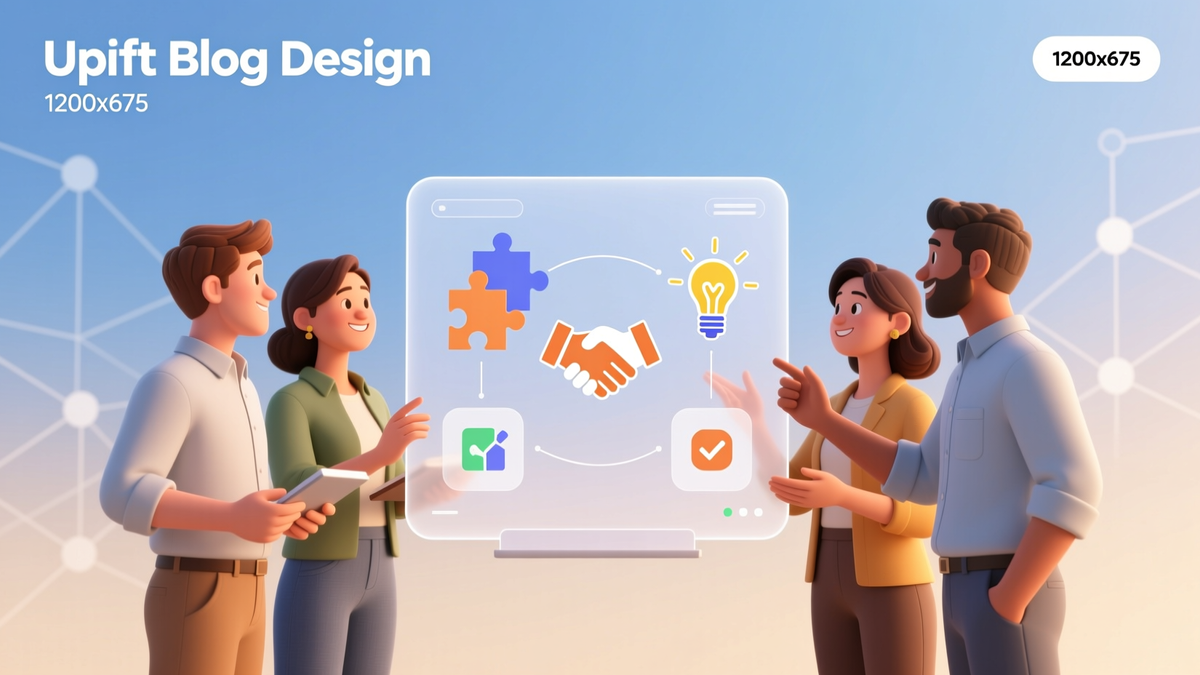
Boost Workplace Success with Educational Team Building
Discover how educational team building programs boost collaboration, drive professional growth, and enhance workplace culture through engaging learning activities and skill-building games.
Introduction: The Power of Learning Through Teamwork

In today's fast-paced work environments, educational team building programs have emerged as a cornerstone for fostering collaboration, innovation, and professional growth. By blending learning activities with strategic team building, organizations can cultivate a culture where employees thrive both individually and collectively. This post explores how educational games, skill building exercises, and professional development initiatives can transform workplace dynamics.
[IMAGE_PLACEHOLDER_1]Why Educational Team Building Matters
Research shows that teams engaged in collaborative learning perform 20% better on complex tasks than those working in silos (Harvard Business Review). Educational team building bridges the gap between traditional training and real-world application, turning abstract concepts into actionable skills.
Key Benefits of Educational Team Building
- Enhances communication and trust among team members
- Encourages creative problem-solving through team learning
- Strengthens leadership capabilities through experiential challenges
- Boosts employee retention by 30% (Gallup Workplace Survey)
Types of Educational Team Building Programs
From ice breakers to immersive simulations, here are proven formats to align with your team's goals:
1. Ice Breakers with a Learning Twist
Example: "2 Truths and a Lie" adapted to share professional milestones. This builds rapport while revealing hidden skills in your team.
2. Problem-Solving Challenges
Activities like escape rooms or business simulations teach decision-making under pressure. Tech giant Google attributes its 15% productivity boost to such educational games.
[IMAGE_PLACEHOLDER_2]3. Role-Playing for Empathy Building
Scenario-based exercises where team members swap roles (e.g., manager for intern) foster mutual understanding. A 2022 LinkedIn study found this improves cross-departmental collaboration by 40%.
Real-World Success Stories
Case Study: Tech Startup Streamlines Communication
A 50-person SaaS company implemented monthly "Innovation Labs" where teams compete to solve client pain points using learning activities. Result: 25% faster project delivery and a 50% reduction in internal miscommunication.
Case Study: School District Enhances Teacher Collaboration
Educators participated in a day-long "Pedagogy Olympics" combining lesson planning challenges and peer feedback sessions. Post-program, 89% reported improved classroom strategies through team learning.
[IMAGE_PLACEHOLDER_3]How to Implement Effective Programs
Step-by-Step Guide
- Define Objectives: Align activities with skills gaps (e.g., leadership, creativity)
- Choose Inclusive Activities: Ensure accessibility for remote/hybrid teams
- Integrate Reflection: Debrief sessions to connect learnings to daily work
- Measure Impact: Track KPIs like productivity metrics or engagement scores
Pro Tips for Maximum Impact
- Mix physical and virtual activities for hybrid teams
- Rotate facilitators to develop emerging leaders
- Pair skill building with wellness elements (e.g., yoga-based mindfulness games)
Conclusion: Building a Culture of Continuous Growth
Educational team building isn't a one-time event—it's a strategic investment in your organization's future. By prioritizing professional development through engaging learning activities, you create an environment where innovation flourishes and employees feel valued. Start small, measure progress, and watch your team's potential soar.
[IMAGE_PLACEHOLDER_4]Ready to transform your workplace? Share this post and tag us in your next team-building success story!
Last updated: November 16, 2025